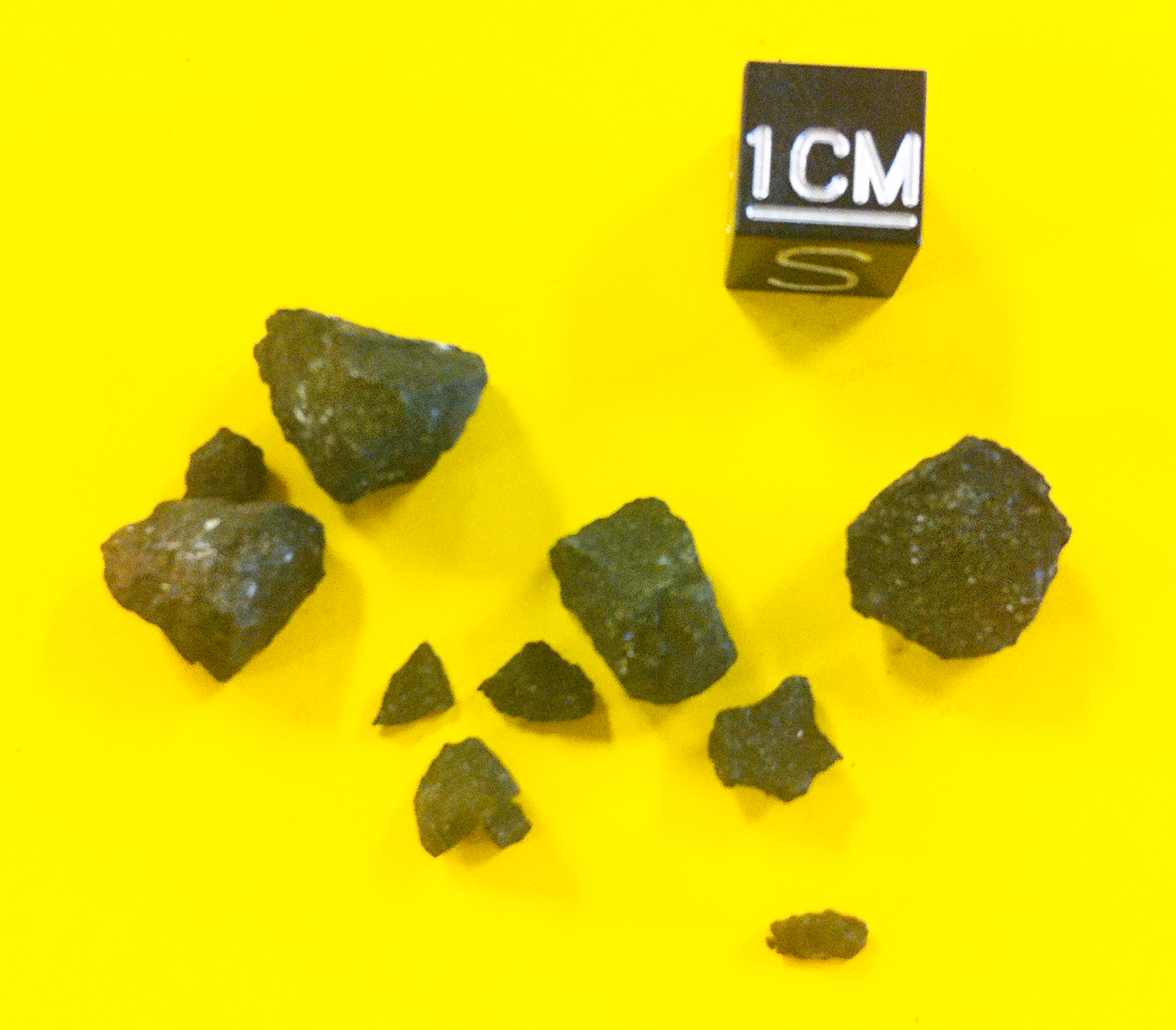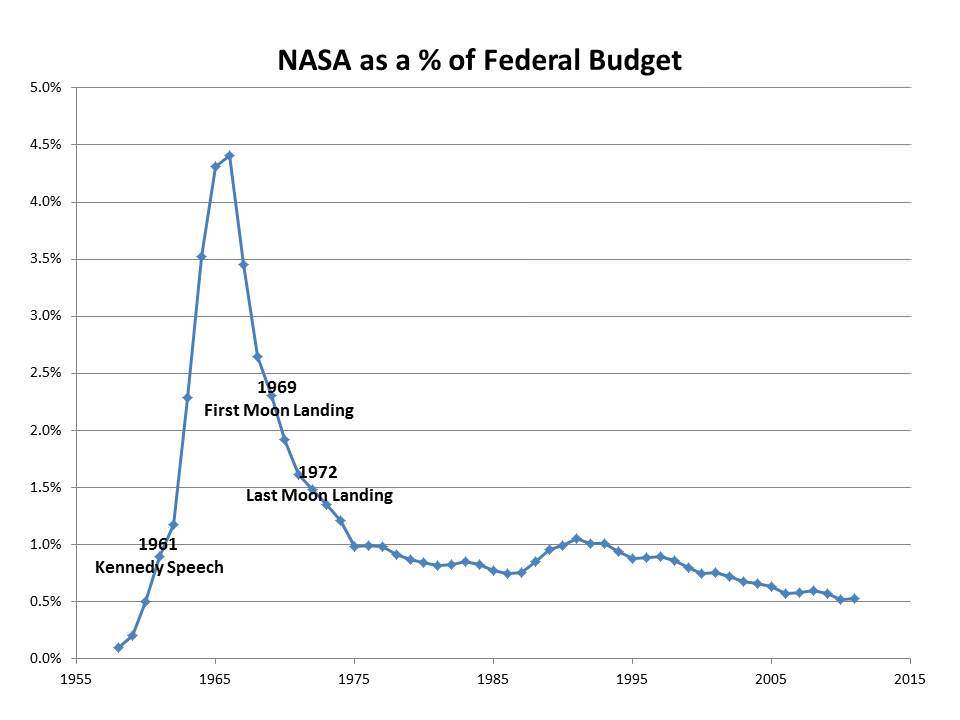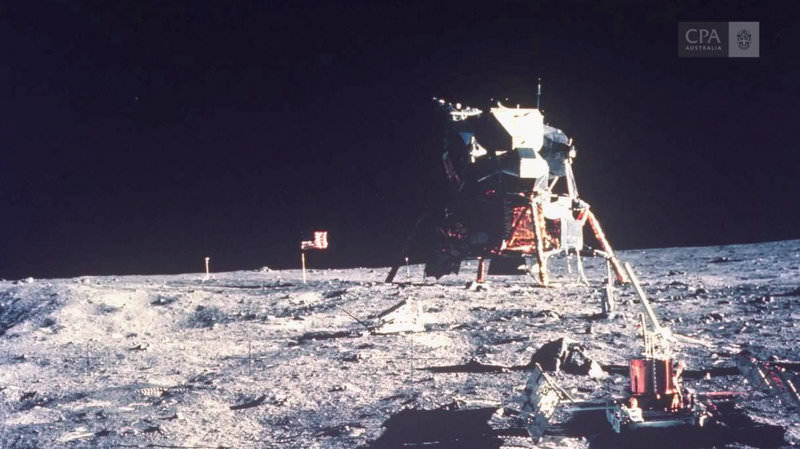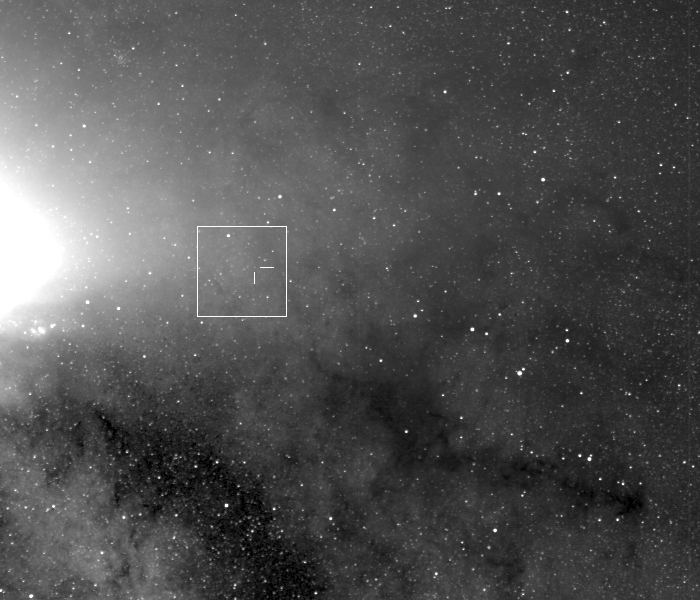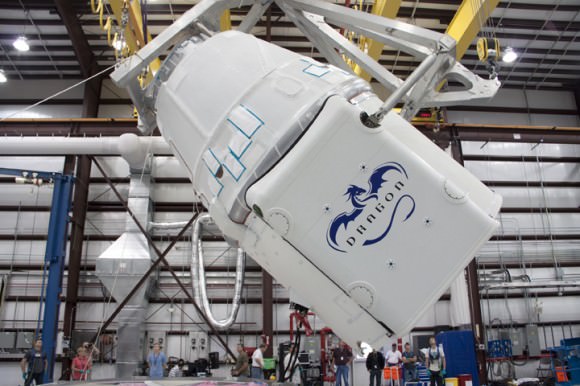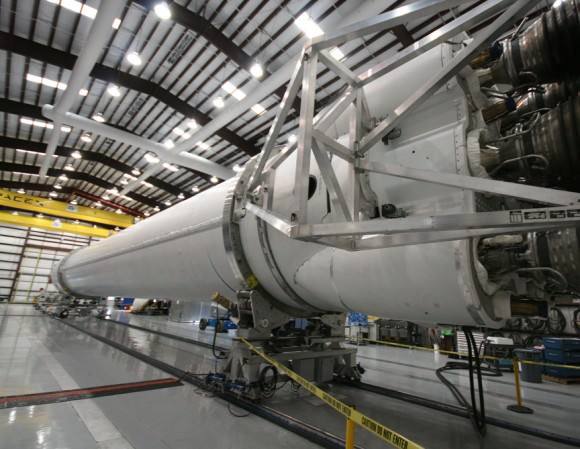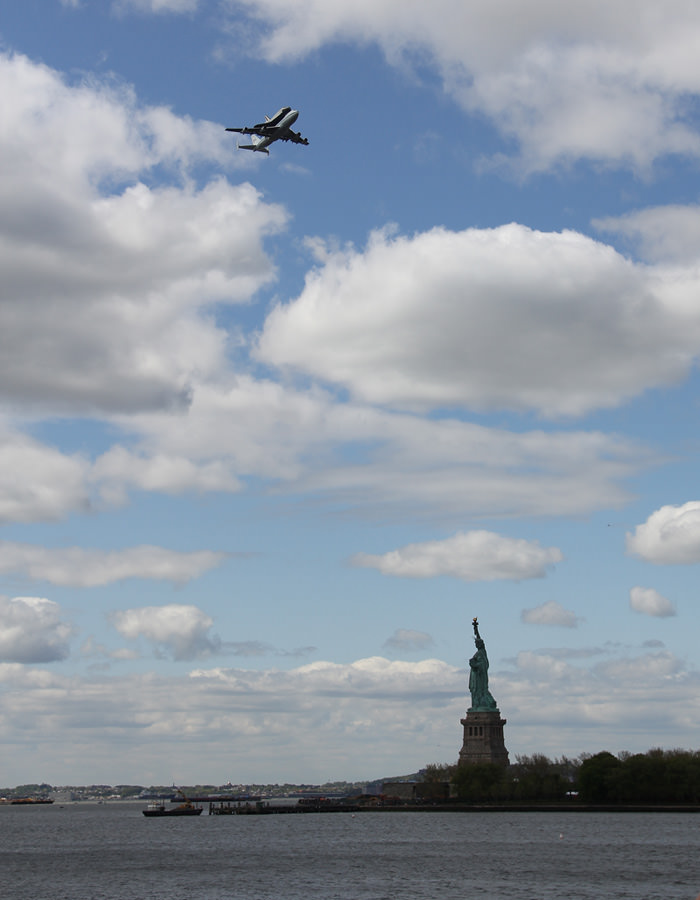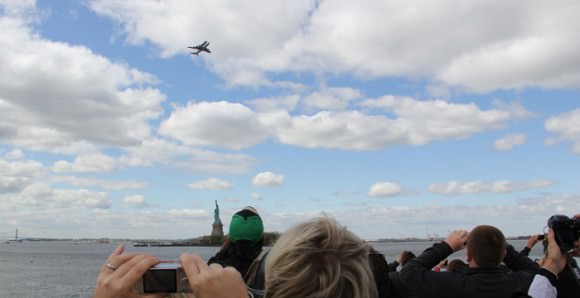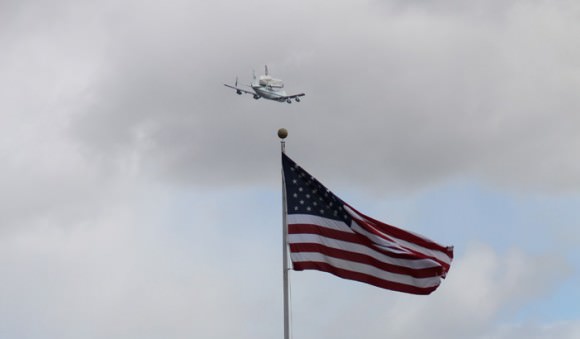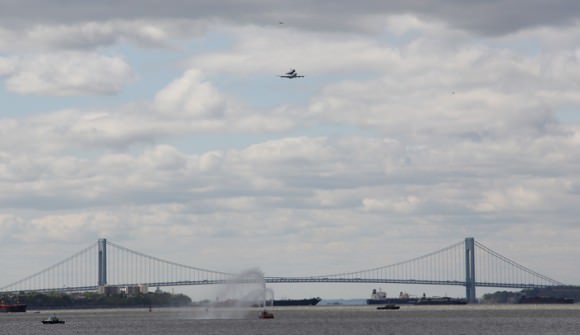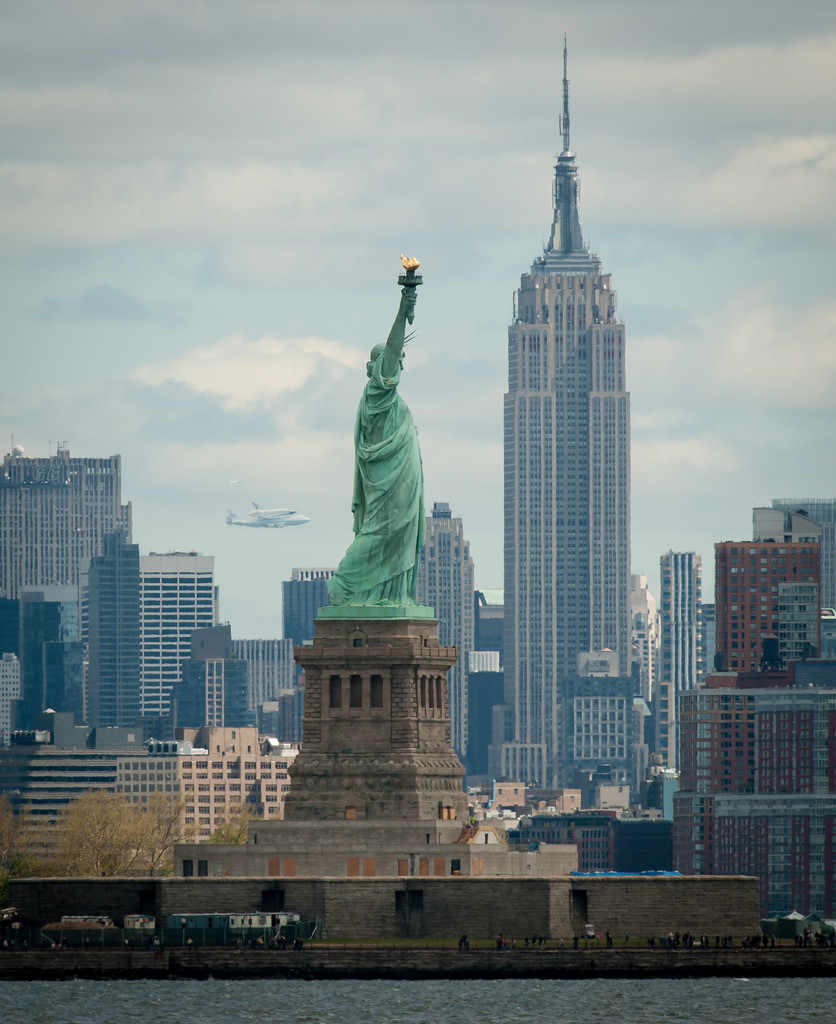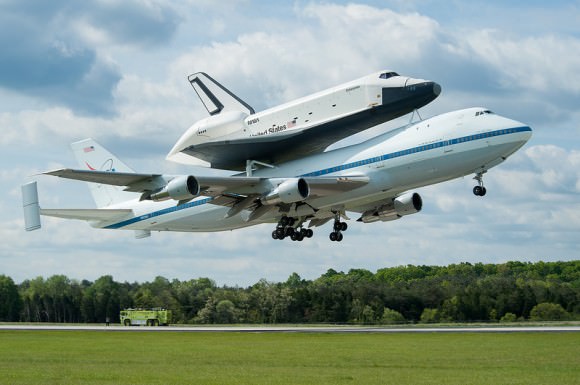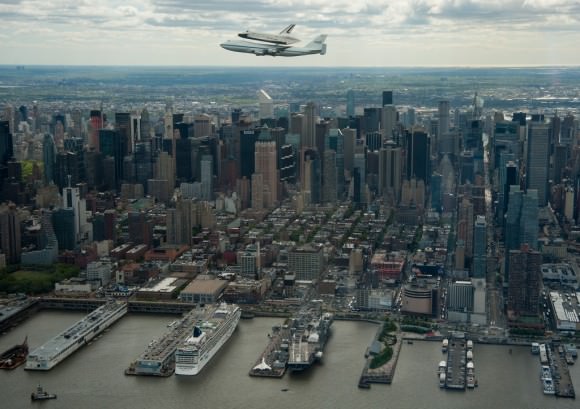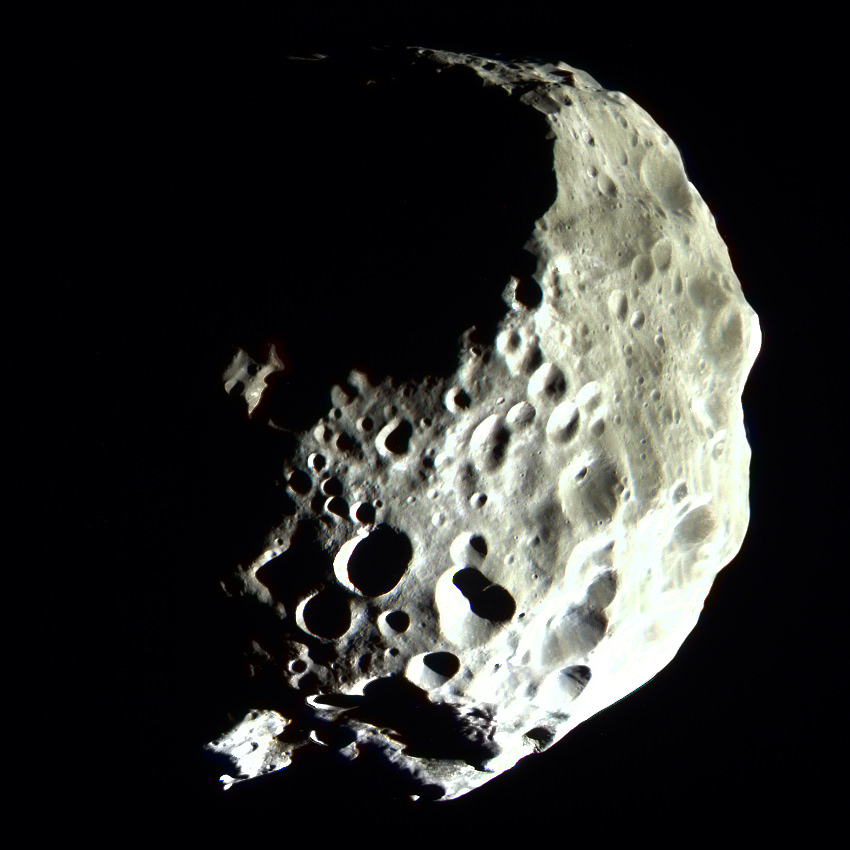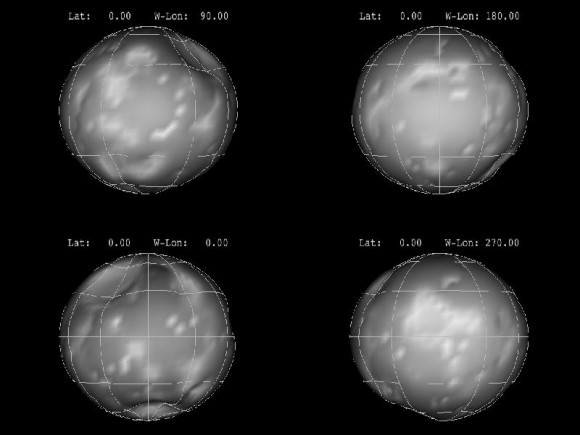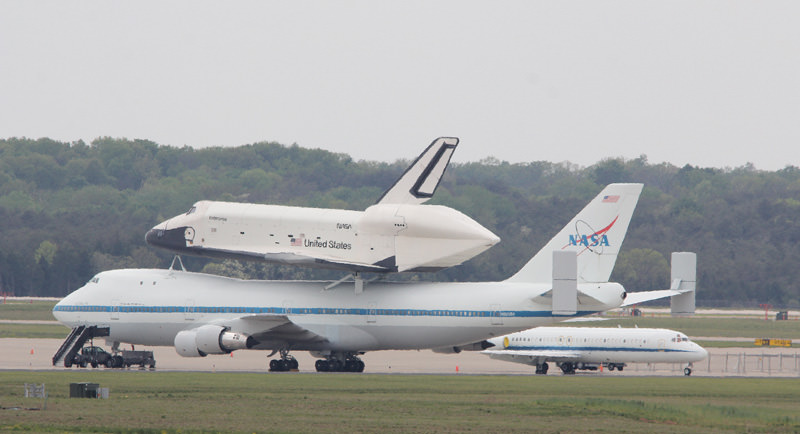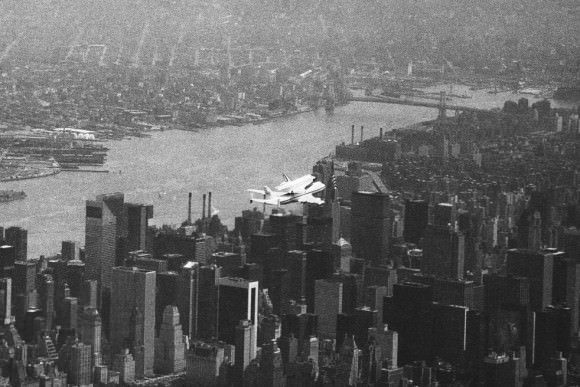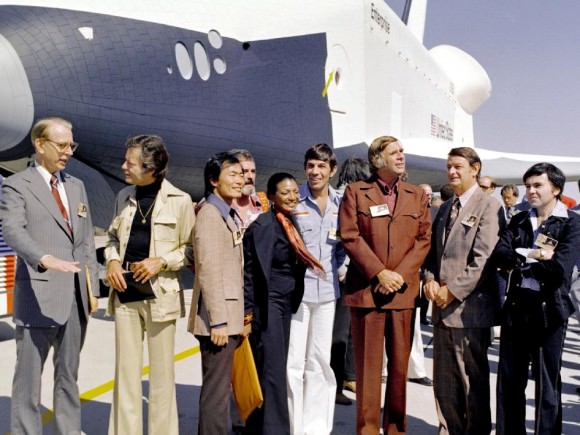[/caption]
Actually it’s more like 3.5 times their weight in gold, according to today’s market value… and meteorite experts from SETI and NASA’s Marshall Space Flight Center.
During the daylight hours of April 22, 2012, reports came in from all over the north central California area of an extremely bright fireball — described as a “glittering sparkler” — and accompanying loud explosion. It was soon determined that this was the result of a meteoroid about the size of a minivan entering the atmosphere and disintegrating. It was later estimated that the object weighed about 70 metric tons and detonated with a 5-kiloton force.
Read more about the California fireball event here.
Over a thousand meteorite hunters scrambled to the area, searching for any traces of the cosmic visitor’s remains. After a few days, several pieces of the meteorite were found and reported by five individuals, adding up to 46 grams in total.
Those pieces could be worth over $9,000 USD, according to Bill Cooke of NASA’s Meteoroid Environment Office at Marshall Space Flight Center.
Based on today’s market, that’s about 3.6 times the value of gold (about $1,660 per troy ounce — 31.1 grams).
The high value is due to the extreme rarity of the meteorite fragments. The California fireball is now known to have been created by a CM chondrite, a type of carbonaceous meteorite with material characteristics similar to comets.
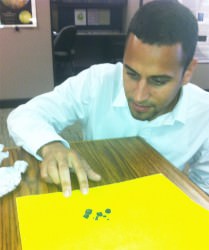
According to Franck Marchis, Planetary Astronomer at the Carl Sagan Center of the SETI Institute and one of the coordinators of the meteorite reporting teams, CM chondrites appear to have been altered by water, and have deuterium-to-hydrogen ratios in line with what’s been measured in the tails of comets Halley and Hyakutake.
They also have been found to contain organic compounds and amino acids, lending to the hypothesis that such meteorites may have helped supply early Earth with the building blocks for life.
But due to their fragile composition, they are also incredibly rare. Only 1% of known meteorites are CM chondrites, making even the small handful of fragments found in California very valuable.
“This will be only the third observed CM fall in the US, after Crescent, OK, in 1936, (78 g) and Murray, KY, in 1950 (13 kg),” Marchis told Universe Today.
As far as what the finders will do with the fragments, that’s entirely up to them.
“They can sell them on eBay or they can lend them to the scientists… or make a donation.” Marchis said.
Just goes to show that all that glitters really isn’t gold — it could be even better.
Read more in an article by Sara Reardon on New Scientist, and read more on the comet/chondrite connection here. And the ongoing search for pieces of what’s now being referred to as the “Sutter’s Mill Meteorite” can be followed here and here.
The largest CM chondrite ever recovered was from a fall in Murchison, Australia on September 28, 1969. The total mass of its collected fragments weighed in at over 100 kg (220 lbs).

